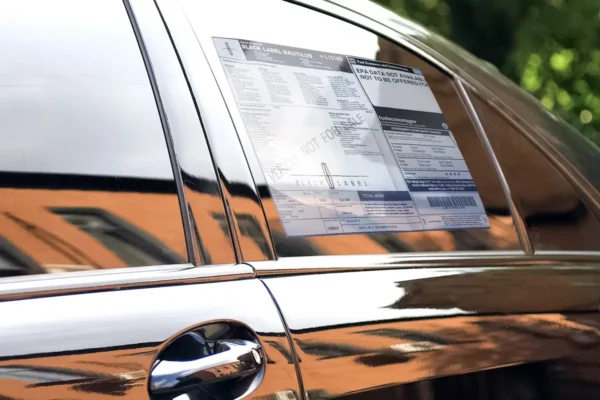Understanding Vehicle Identification Numbers (VIN)
When trying to ascertain if a vehicle was manufactured in the United States, the Vehicle Identification Number (VIN) is a crucial place to start. Each VIN consists of 17 characters that offer detailed information about the vehicle, including its origin. You can usually find the VIN on the driver-side doorjamb or stamped on the dashboard near the windshield.
The first character of the VIN is particularly significant. A VIN that begins with 1, 4, or 5 indicates that the vehicle was built stateside, while those starting with 2 signify production in Canada. Additionally, vehicles produced in Mexico start with 3, and various letters denote origins from Asian or European manufacturers.

Reading the Monroney Label
Another essential resource for identifying where a car was made is the Monroney label, commonly known as the window sticker. This label is legally required for all new light-duty passenger cars and includes vital information about the vehicle.
Typically located on the right side of the label, there is a box indicating the origins of the car’s major components. This section provides a breakdown of the percentage of parts sourced from the U.S. or Canada, as well as any other countries that contribute significantly to the vehicle’s assembly.
Global Manufacturing Considerations
It’s important to note that even vehicles associated with American brands may have varying origins. For example, while Chrysler offers the 2025 Pacifica minivan under an American brand, it is produced in Canada.
Alternatively, vehicles from international brands such as Honda can be assembled in American plants, like the Odyssey minivan, which is manufactured in Alabama. Overall, while no vehicle is entirely made in America, using the VIN and Monroney label is a reliable way to discern where a vehicle was built.

